Ever had a car that spent more time with the mechanic than on the road? A car that turned every journey into a game of “Will we actually get there?” If so, you might just see a familiar face (or should we say, chassis) in our countdown to the most unreliable British car in history. Let’s take a nostalgic, albeit slightly frustrating, trip down memory lane and see if that vehicular bane of your past makes the list.
15. The MGB: A Love-Hate Relationship on Wheels

The MGB starts us off with its quirky charm that won many hearts but perhaps not as many reliability awards. It’s the classic example of a car that’s as fun to drive as it is to fix—which is to say, often.
14. The Leyland P76: The Ambitious Failure

Designed to be everything to everyone, the Leyland P76 ended up being notorious for being reliably unreliable. It was ambitious, but perhaps the only thing it succeeded in was teaching patience.
13. The Austin Allegro: The Square Deal

The Austin Allegro, with its infamous square steering wheel and a knack for spontaneous disassembly, made driving an adventure in uncertainty. It’s a car that begged the question, “Who needs predictability, anyway?”
12. The Hillman Imp: The Little Engine That Couldn’t
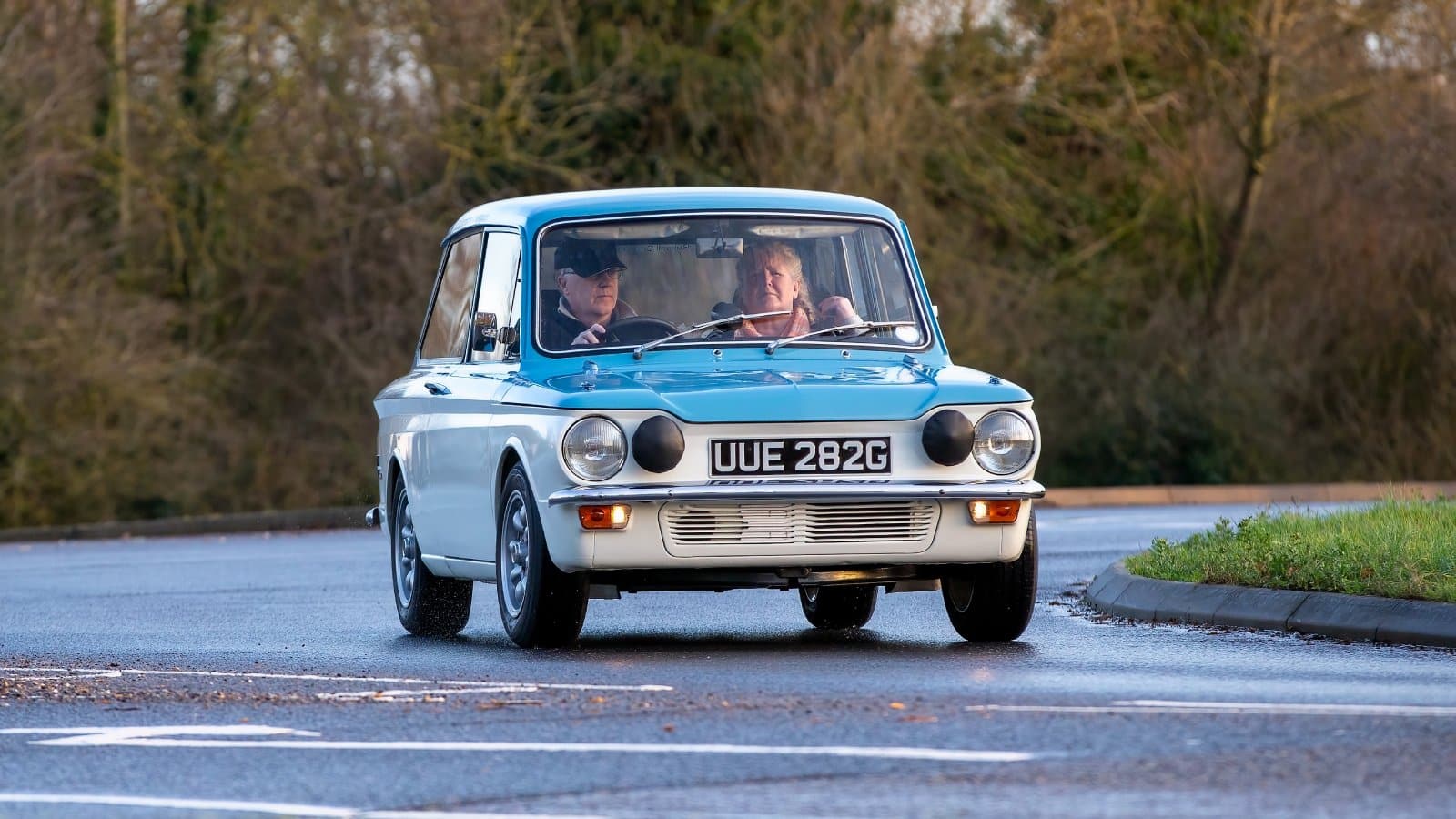
Compact, innovative, and perpetually overheating, the Hillman Imp was the little engine that, sadly, often couldn’t. It promised revolution but delivered only frustration.
11. The Rover SD1: Looks Can Deceive

The Rover SD1 was as beautiful as it was beleaguered by faults. With a visage that promised performance and luxury, it delivered—a bit of both, when it felt like it.
10. The Triumph Stag: The Mechanical Heartbreaker

The Triumph Stag: a car that could steal your heart with its looks and then break it with its reliability. It’s a tale of lost love and tow trucks.
9. The Reliant Robin: Three Wheels of Uncertainty
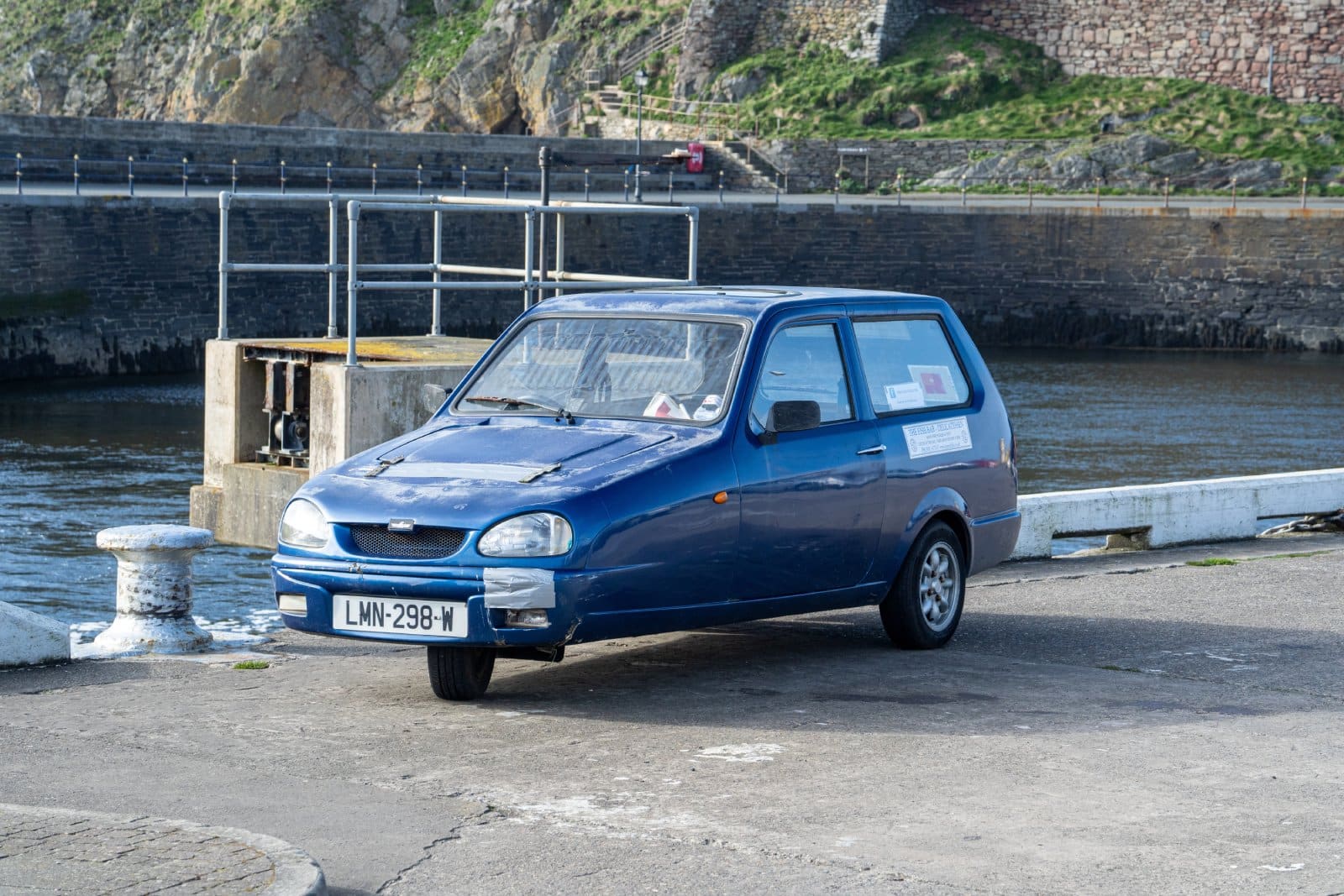
The Reliant Robin took the concept of stability—both mechanical and physical—and threw it out of its three-wheeled window. It’s a car that added a roll of the dice to every turn.
8. The Jaguar XJ-S: Leaky Luxury

The Jaguar XJ-S was the epitome of luxury and performance, wrapped up in a body that was as likely to mark its territory with oil as it was to turn heads.
7. The Vauxhall Viva: The False Hope

The Vauxhall Viva offered the dream of affordable, dependable motoring. Unfortunately, it was just that—a dream.
6. The Austin Princess: Nobility in Name Only

The Austin Princess carried a regal name and an ambitious design, but sadly, its reliability was far from majestic. It was more court jester than crown prince in the automotive hierarchy.
5. The Rover 800: The Disappointing Flagship
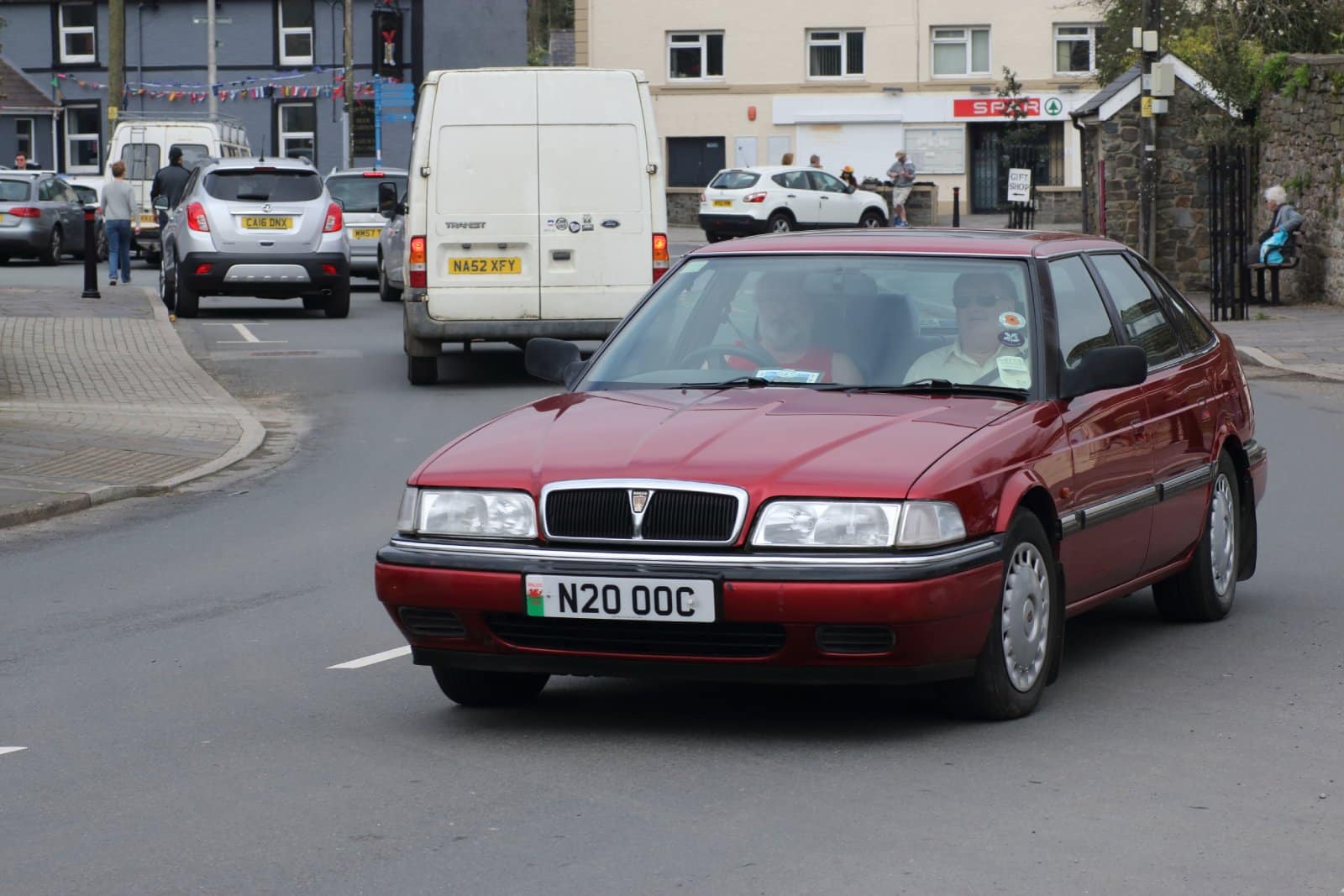
Rover’s attempt at an executive saloon, the Rover 800, sailed straight into a storm of mechanical issues, proving that not all flagships are titans.
4. The Morris Marina: The Drifter

Not so much driving on the road as it was drifting between breakdowns, the Morris Marina was a masterclass in automotive unpredictability.
3. The Triumph TR7: The Wedge of Woe

Dubbed “The Shape of Things to Come,” the TR7 showed us a future that nobody wanted—a future where reliability was optional.
2. The Jensen Interceptor: Intercepted Dreams
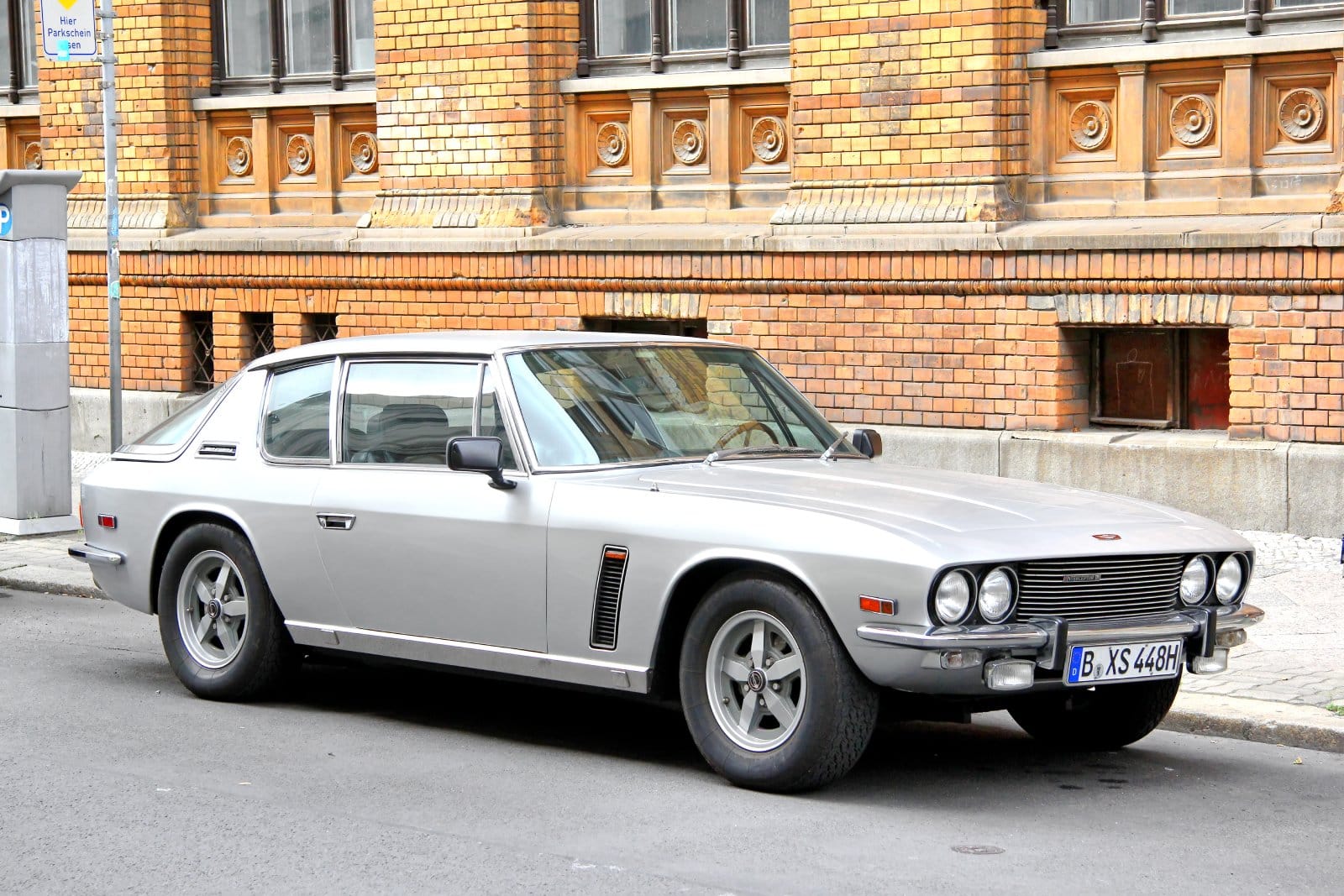
The Jensen Interceptor: a grand tourer that intercepted your dreams of reliability and spirited them away, leaving behind only style and sorrow.
1. The British Leyland Mini: The Iconic Letdown
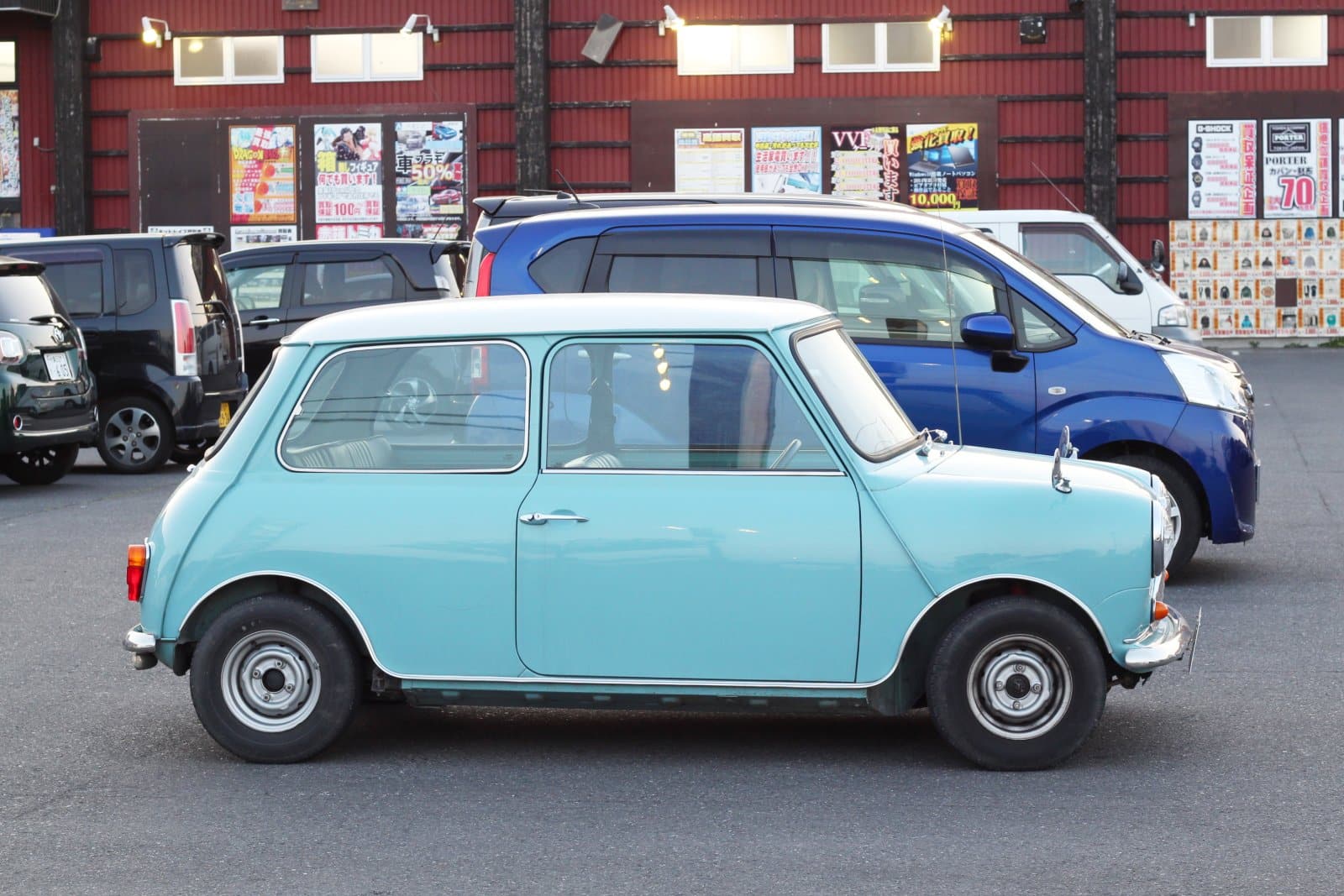
And here we are, at the pinnacle of our list—the British Leyland Mini. The iconic design and cultural symbol that promised so much joy, only to often leave its drivers on a first-name basis with their local mechanic. A true classic in every sense, including its tradition of unreliability.
Ol’ Banger

Recognize any of these mechanical miscreants from your past? Here’s to the cars that taught us resilience, the value of a good mechanic, and perhaps most importantly, the importance of a comprehensive breakdown cover. Cheers to the clunkers that kept us humble.
The post Top 15 Most Notorious British Car Flops in UK History first appeared on All Things Buzz.
Featured Image Credit: Shutterstock / Art Konovalov.
For transparency, this content was partly developed with AI assistance and carefully curated by an experienced editor to be informative and ensure accuracy.

